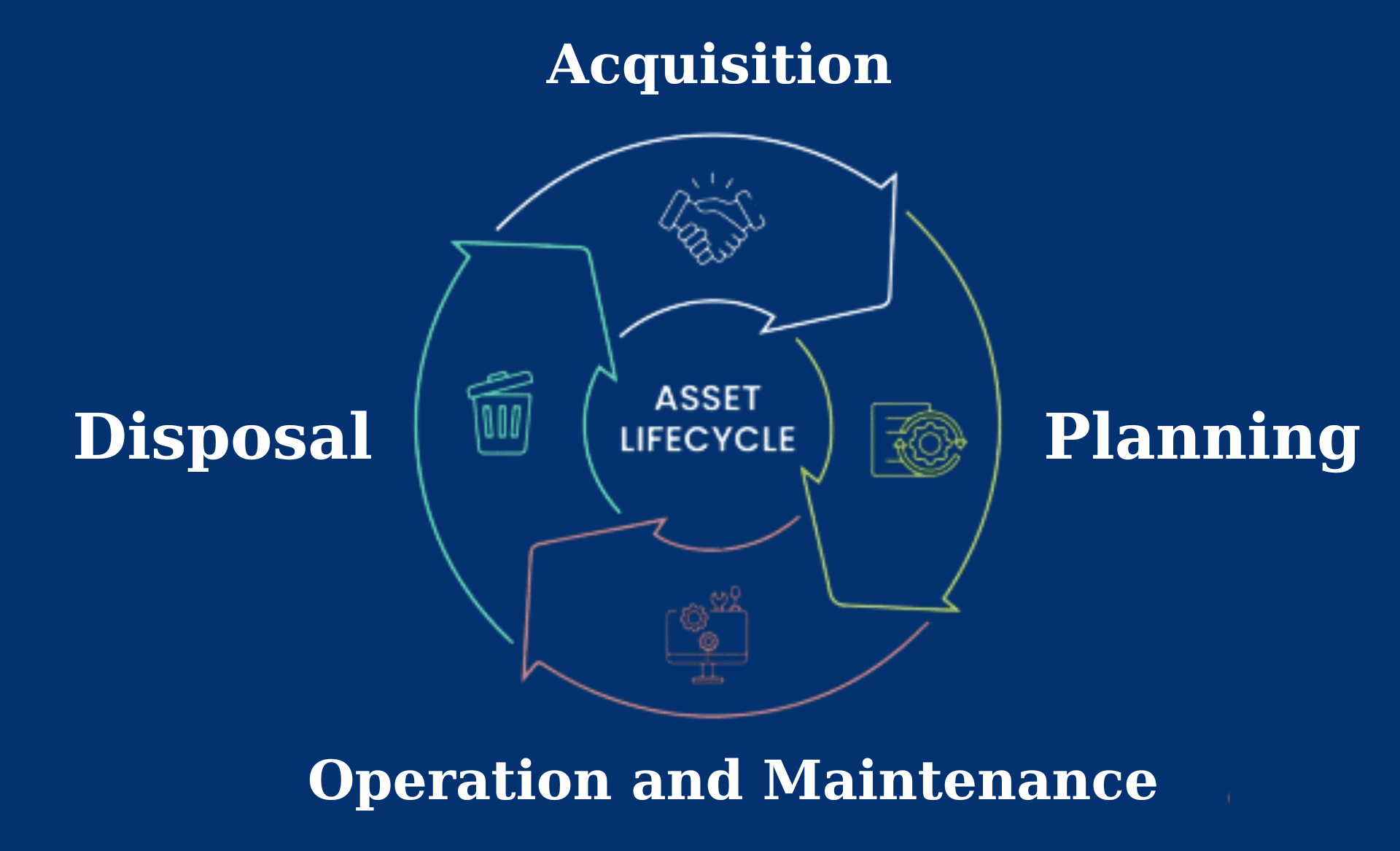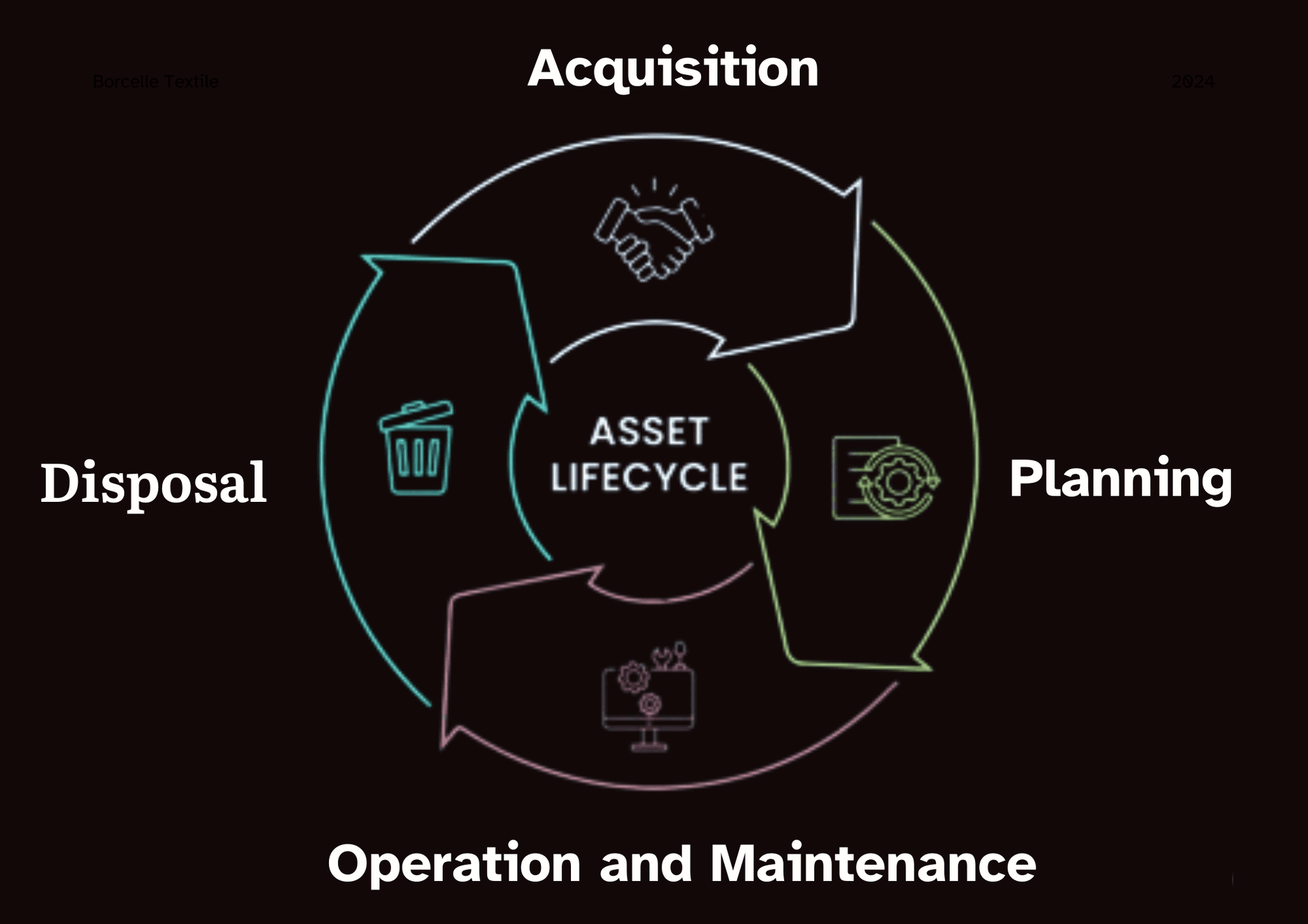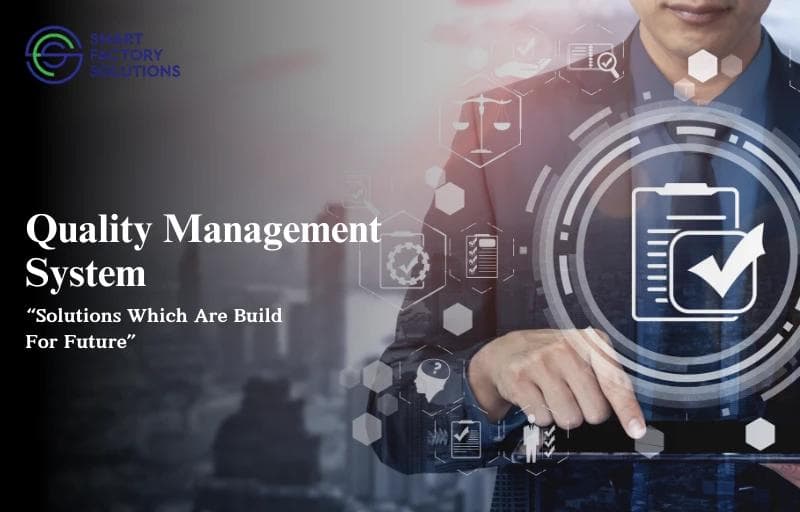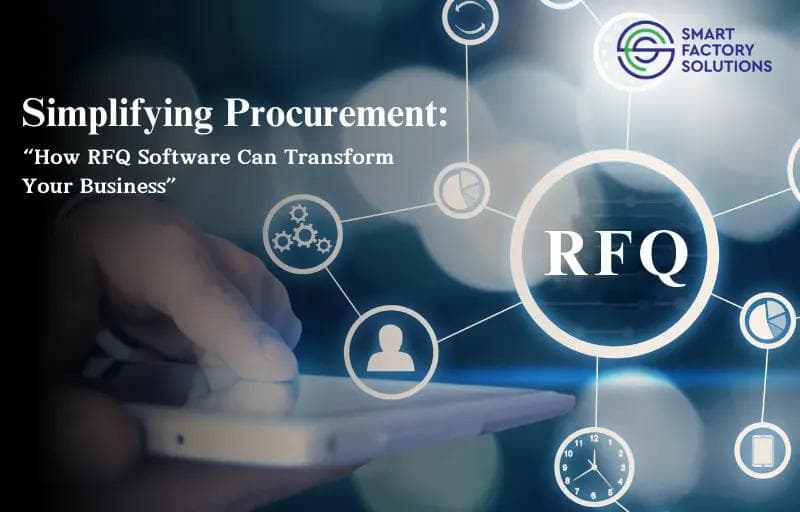Back
Maximizing Value: Understanding Asset Lifecycle Management

Introduction:
In today's dynamic business landscape, organizations across industries rely heavily on a wide array of assets to operate efficiently and stay competitive. From technology and machinery to facilities and vehicles, these assets play a pivotal role in achieving business goals. To ensure optimal performance, cost-effectiveness, and compliance, organizations implement Asset Lifecycle Management (ALM) strategies. In this blog post, we'll explore what Asset Lifecycle Management is, its key components, and how it can benefit businesses.
Understanding Asset Lifecycle Management:
Asset Lifecycle Management refers to the systematic process of managing an asset from its initial acquisition or creation through its operational life until its disposal or decommissioning. The goal is to maximize an asset's value to the organization while minimizing risks and costs associated with its use. ALM encompasses various stages, each requiring specific attention and management practices:
- Planning and Acquisition: The first stage involves identifying the need for an asset, conducting feasibility studies, and planning its acquisition. This phase includes budgeting, vendor selection, and negotiations.
- Deployment and Implementation: Once acquired, the asset is deployed and integrated into the organization's operations. Proper installation, configuration, and testing are crucial to ensure the asset functions are as intended and meet business requirements.
- Operations and Maintenance: This stage involves day-to-day operations and routine maintenance to ensure the asset performs at its best. Regular inspections, preventive maintenance, and software updates are part of this phase, aiming to extend the asset's useful life.
- Optimization and Upgrades: As technology advances or business needs change, assets may require optimization or upgrades. This phase focuses on improving efficiency, and performance, and keeping the assets aligned with evolving organizational goals.
- Monitoring and Performance Analysis: Continuous monitoring is essential to identify any deviations from expected performance. Analyzing data and key performance indicators (KPIs) helps organizations make informed decisions regarding the asset's efficiency and potential improvements.
- Decommissioning and Disposal: At the end of its useful life, an asset is decommissioned and disposed of responsibly. This phase involves data wiping, recycling, or selling the asset, taking into account environmental regulations and organizational policies.
Benefits of Asset Lifecycle Management:
- Cost Optimization: ALM helps organizations identify opportunities for cost savings throughout an asset's lifecycle, from efficient acquisition to streamlined maintenance and upgrades.
- Risk Management: By proactively monitoring and maintaining assets, organizations can reduce the risk of unexpected failures, downtime, and associated costs.
- Compliance and Reporting: ALM ensures that assets comply with industry regulations and standards. It also facilitates accurate record-keeping for audits and reporting purposes.
- Strategic Planning: Understanding the lifecycle of assets enables organizations to align their asset management strategies with overall business objectives, fostering long-term success.
- Improved Efficiency: Through regular monitoring, maintenance, and upgrades, organizations can enhance the efficiency and performance of their assets, contributing to increased productivity.
Conclusion:
Asset Lifecycle Management is a crucial framework that empowers organizations to extract maximum value from their assets while minimizing risks and costs. By adopting a systematic approach that spans from planning and acquisition to disposal, businesses can ensure that their assets remain aligned with evolving needs and contribute to overall organizational success. Embracing Asset Lifecycle Management is not just a best practice; it's a strategic imperative in today's dynamic and competitive business environment.
4 stages of Asset Lifecycle Management

Asset Lifecycle Management (ALM) involves a systematic approach to managing assets throughout their entire lifecycle. The process typically consists of four key stages, each with specific activities and considerations:
- Planning and Acquisition:
- Identification of Needs: Determine the organization's requirements for new assets based on operational needs, technological advancements, or strategic goals.
- Feasibility Studies: Assess the feasibility of acquiring and implementing the asset, considering financial, technical, and operational factors.
- Budgeting and Approval: Develop budgets for acquisition, considering costs such as purchase, installation, training, and potential ongoing expenses. Seek necessary approvals from stakeholders.
- Deployment and Implementation:
- Vendor Selection: Choose reliable vendors or suppliers based on factors such as reputation, product quality, and cost.
- Installation and Configuration: Ensure proper installation and configuration of the asset to meet organizational requirements and specifications.
- Testing and Quality Assurance: Conduct thorough testing to verify that the asset functions correctly and meets performance standards before integrating it into the operational environment.
- Operations and Maintenance:
- Day-to-day Operations: Manage the asset during its operational life, ensuring it contributes effectively to business processes.
- Routine Maintenance: Implement regular maintenance schedules to prevent unplanned downtime, extend the asset's lifespan, and maintain optimal performance.
- Software and Firmware Updates: Keep the asset's software and firmware up to date to address security vulnerabilities, improve functionality, and adapt to changing business needs.
- Decommissioning and Disposal:
- End-of-Life Assessment: Evaluate the asset's performance, relevance, and compliance with current standards as it approaches the end of its useful life.
- Data Wiping and Disposal: If applicable, perform secure data wiping to protect sensitive information. Dispose of the asset responsibly, considering environmental regulations and organizational policies.
- Documentation and Reporting: Maintain comprehensive records of the asset's lifecycle, including maintenance activities, upgrades, and decommissioning. Generate reports for compliance, audits, and strategic planning.
These four stages create a comprehensive framework for managing assets throughout their lifecycle, from the initial planning and acquisition to the eventual decommissioning and disposal. Implementing effective Asset Lifecycle Management practices ensures that organizations derive maximum value from their assets while minimizing risks and optimizing costs.
Why Asset Life Cycle Management Is Important
Asset Lifecycle Management (ALM) is crucial for organizations across various industries for several reasons. Here are some key reasons why Asset Lifecycle Management is important:
- Maximizing Asset Value:
- ALM helps organizations extract the maximum value from their assets over their entire lifecycle. This includes optimizing asset performance, extending useful life through proper maintenance, and ensuring assets align with evolving business needs.
- Cost Optimization:
- By strategically managing assets from acquisition to disposal, organizations can identify opportunities for cost savings. This includes efficient procurement, proactive maintenance to prevent costly failures, and optimizing asset usage.
- Risk Management:
- ALM aids in identifying and mitigating risks associated with asset ownership. Regular monitoring, maintenance, and upgrades reduce the risk of unexpected failures, downtime, and disruptions to operations.
- Compliance and Accountability:
- Organizations often operate in regulatory environments that require compliance with industry standards and guidelines. ALM ensures that assets adhere to these regulations, and it provides a comprehensive record of asset activities, supporting accountability and auditability.
- Strategic Planning:
- ALM aligns asset management strategies with overall business objectives. Understanding the lifecycle of assets allows organizations to plan strategically, making informed decisions about acquisitions, upgrades, and retirements that support long-term goals.
- Improved Operational Efficiency:
- Through regular monitoring, maintenance, and optimization, ALM enhances the efficiency and performance of assets. This, in turn, contributes to increased productivity, reduced downtime, and improved operational workflows.
- Technology Adaptation:
- In rapidly evolving technological landscapes, organizations need to adapt their assets to stay competitive. ALM facilitates the timely upgrading or replacement of assets to leverage new technologies and innovations.
- Long-term Cost Control:
- ALM promotes proactive management practices that prevent costly breakdowns and unexpected expenses. By implementing routine maintenance and planning for asset replacements, organizations can control costs over the long term.
- Environmental Responsibility:
- Responsible asset management includes considerations for environmental impact. Proper disposal and recycling practices during the decommissioning phase contribute to sustainability goals and compliance with environmental regulations.
- Enhanced Decision-Making:
- Access to comprehensive data throughout the asset lifecycle enables informed decision-making. Organizations can analyze performance metrics, maintenance records, and usage patterns to make strategic decisions about their asset portfolio.
In conclusion, Asset Lifecycle Management is essential for organizations seeking to optimize their assets, control costs, mitigate risks, and align their asset strategies with broader business objectives. By implementing effective ALM practices, organizations can enhance their operational efficiency, achieve regulatory compliance, and ensure the long-term success of their asset management initiatives.
benefits of Asset Life Cycle Management Is Important
Asset Lifecycle Management (ALM) provides numerous benefits to organizations, contributing to overall operational efficiency, cost-effectiveness, and strategic decision-making. Here are some key advantages of implementing Asset Lifecycle Management:
- Maximized Asset Performance:
- ALM ensures that assets operate at their optimal performance levels throughout their lifecycle. This includes regular maintenance, upgrades, and monitoring to prevent performance degradation and downtime.
- Cost Savings and Efficiency:
- By implementing proactive maintenance schedules and optimizing asset usage, organizations can realize significant cost savings. Efficient management practices contribute to reduced downtime, lower repair costs, and increased overall operational efficiency.
- Strategic Planning and Decision-Making:
- ALM provides a structured approach for aligning asset management strategies with broader business goals. This enables organizations to make informed decisions about acquiring, upgrading, or retiring assets based on long-term planning.
- Risk Mitigation:
- Effective ALM helps identify and mitigate risks associated with asset ownership. This includes addressing potential failures before they occur, minimizing disruptions to operations, and enhancing overall business continuity.
- Compliance and Accountability:
- ALM ensures that assets adhere to regulatory requirements and industry standards. Comprehensive documentation and reporting support accountability, making it easier for organizations to demonstrate compliance during audits.
- Extended Asset Lifespan:
- Through regular maintenance and timely upgrades, ALM can extend the useful life of assets. This means organizations can derive value from their investments over a more extended period, postponing the need for costly replacements.
- Improved Productivity:
- Well-maintained and optimized assets contribute to increased productivity. Reduced downtime, enhanced performance, and reliable operations enable employees to work more efficiently and focus on core business activities.
- Enhanced Technology Adoption:
- ALM facilitates the integration of new technologies into the organization. By planning for regular upgrades, organizations can stay current with technological advancements, ensuring that their assets remain competitive and aligned with industry standards.
- Optimized Resource Allocation:
- By understanding the lifecycle of assets, organizations can allocate resources more effectively. This includes budgeting for acquisitions, planning for maintenance costs, and strategically allocating resources based on the overall asset strategy.
- Environmental Responsibility:
- Proper disposal practices during the decommissioning phase of ALM contribute to environmental responsibility. Organizations can comply with regulations, reduce their environmental impact, and align with sustainability goals.
- Data-Driven Decision-Making:
- ALM generates valuable data throughout the asset lifecycle, providing insights into performance, maintenance needs, and usage patterns. This data-driven approach enables organizations to make informed decisions and optimize their asset portfolio.
In summary, Asset Lifecycle Management offers a range of benefits that extend beyond mere cost savings. It empowers organizations to strategically manage their assets, reduce risks, and enhance overall operational effectiveness, ultimately contributing to long-term success and competitiveness in the market.



